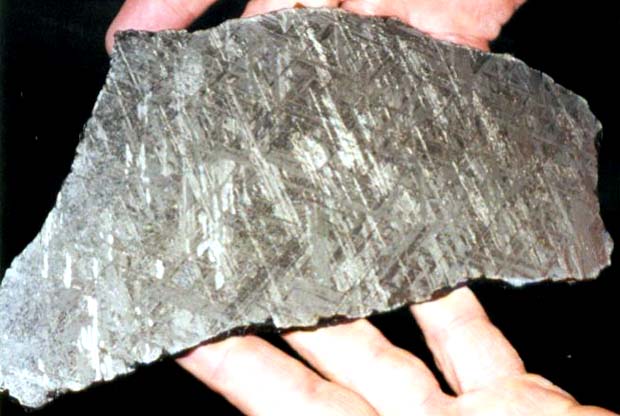

|
Meteorite or "meteorwrong"?
Meteoroids, meteors, meterorites
Annual meteor showers
Everything you ever wanted to know
NOTE: If you pass through Malta, stop in at the Phillips County Museum to check out some of Marlin's meteorites as well as a complete fossil of a duck-billed dinosaur. 
Terms: asteroid, comet |

 |
*Meteorite Market: questions and answers |
 |
*Montana Meteorite Laboratory |
 |
*How to collect micrometeorites |
 |
Past pictures of the week |
 |
Books related to Montana Earth Science |
 |
Next Picture |
|
Earth Science Teacher at Helena High School |